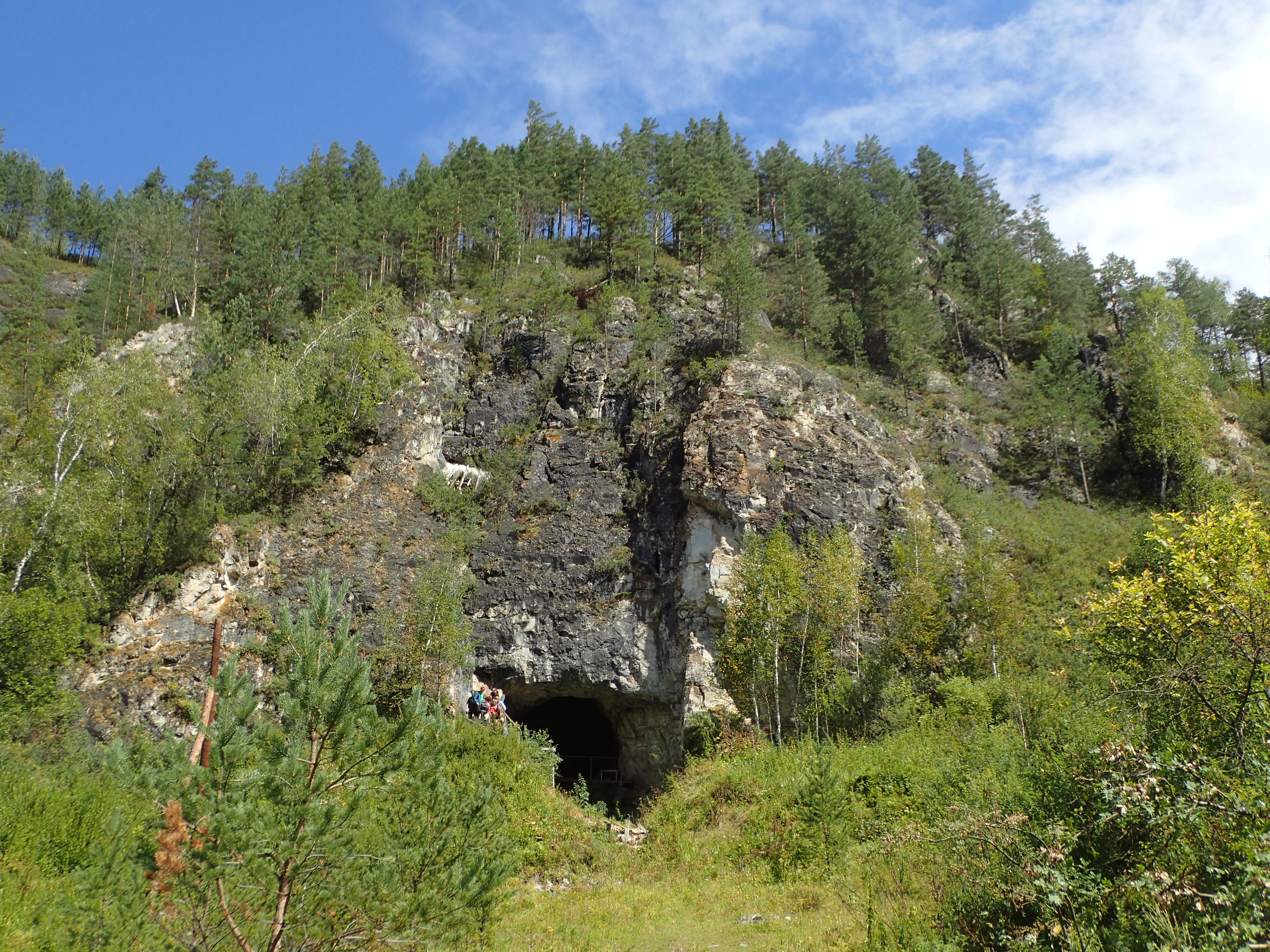Media release
From:
The occupation of the Denisova Cave
recently updated!
Final PDF now available.
Related documents (1)Related images (6)
Denisovans may have predated Neanderthals at Denisova Cave in Russia, reveals a paper published in Nature this week. The study provides a timeline of occupation of this important archaeological site that deepens our understanding of the human groups living in Eurasia during the last Ice Age.
Previous analyses of ancient DNA extracted from fossils found in Denisova Cave revealed that it was inhabited by Neanderthals, Denisovans and a hybrid of the two. However, fossilized remains are scarce and so the timings and orders of these occupancies have been unclear. To solve this problem, Elena Zavala and colleagues collected more than 700 sediment samples, representing a time transect from 300,000 to 20,000 years ago, from which they were able to extract DNA, which is thought to originate from organic material within the sediment (for example, microscopic fragments of human and animal remains). Hominin mitochondrial DNA was recovered from 175 of these samples. The oldest hominin DNA, which is associated with Palaeolithic stone tools that were dated to between 250,000 and 170,000 years ago, is of Denisovan origin, whereas the oldest Neanderthal DNA was from towards the end of this period.
Animal mitochondrial DNA was detected in 685 of the sediment samples, providing further context. Alongside multiple turnovers in hominin mitochondrial DNA, changes were also noted in the composition of animal mitochondrial DNA (members of dog, bear and horse families, for example). The authors suggest that as the climate changed, different hominins and animal inhabitants came and went. Denisovans and Neanderthals may have occupied the site repeatedly, possibly until around 45,000 years ago, when the authors detect modern human mitochondrial DNA for the first time in the sediments. No modern human fossils have been found in the Denisova Cave, so the study also highlights the value of sedimentary analyses to help to elucidate the human evolutionary story.



 Australia; NSW
Australia; NSW



